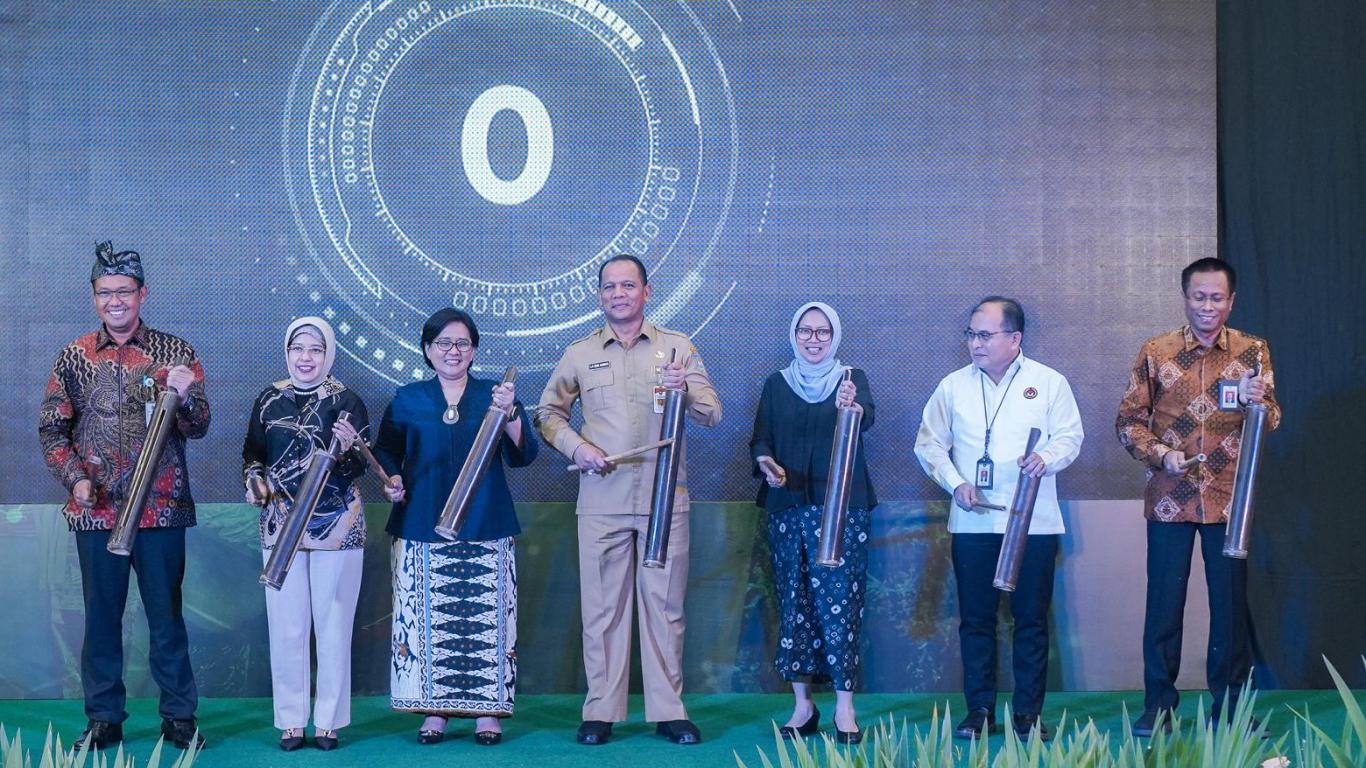Bappenas Launches Village Index as Single Indicator of National Village Development
Development News - Mon, 04 March 2024

The Ministry of National Development Planning/Bappenas, together with the Coordinating Ministry for Human Development and Culture, the Ministry of Home Affairs, the Ministry of Finance, the Ministry of Villages, Development of Disadvantaged Regions, and Transmigration (PDTT), the Central Bureau of Statistics (BPS), and the Cabinet Secretariat, held the Launching of the Village Index as a single indicator to measure village development achievements, in accordance with the mandate of President of the Republic of Indonesia, Joko Widodo.
"This mandate has been followed up by the Ministry of National Development Planning/Bappenas along with all stakeholders to realize a single measurement of the level of progress or development in Indonesian villages," said the Secretary of the Ministry of National Development Planning/Chief Secretary of Bappenas, Teni Widuriyanti, at the Bappenas Building, Jakarta, on Monday (3/4).
The Village Index serves as a universal indicator of village development performance, in line with the implementation of development equalization in the 2025-2045 National Long-Term Development Plan which mandates the elimination of disparities to achieve one of the visions of the Golden Indonesia 2045 Vision, namely reducing poverty to zero percent and reducing inequality. In 2023, BPS recorded rural poverty at 12.22 percent, higher than urban poverty which was 7.29 percent. Therefore, achieving equitable development not only targets reducing disparities between Western Indonesia and Eastern Indonesia but also aims to reduce disparities between urban and rural areas.
"The development of villages target in the Golden Indonesia 2045 Vision focuses on streamlining village development that is cross-sectoral and involves various actors, towards village self-reliance. Villages must be willing and able to grow and advance together and in harmony with cities," said Secretary Teni.
The Village Index measures village development through six dimensions: Basic Services, Social, Economic, Environmental, Accessibility, and Village Governance. Secretary Teni emphasized that the Village Index can be the main reference for drafting village development policies in various planning documents at the central, regional, and village levels. The results of the Village Index calculation will be officially used in 2025, with the data basis for measuring the Village Index derived from the data collection conducted by the Ministry of PDTT Village in the range of April/May to June 2024.
Secretary Teni stressed the importance of stakeholder collaboration, especially ministries/institutions, in overseeing the Village Index and ensuring the equalization of regional development.
"Spirit and collaboration are absolute prerequisites for the collective success of village development. Therefore, on this joyous occasion, I invite all of you present here today to jointly launch the use of the Village Index, for the advancement and self-reliance of villages, towards the Golden Indonesia 2045 Vision," concluded Secretary Teni.
